- News
- Reviews
- Bikes
- Accessories
- Accessories - misc
- Computer mounts
- Bags
- Bar ends
- Bike bags & cases
- Bottle cages
- Bottles
- Cameras
- Car racks
- Child seats
- Computers
- Glasses
- GPS units
- Helmets
- Lights - front
- Lights - rear
- Lights - sets
- Locks
- Mirrors
- Mudguards
- Racks
- Pumps & CO2 inflators
- Puncture kits
- Reflectives
- Smart watches
- Stands and racks
- Trailers
- Clothing
- Components
- Bar tape & grips
- Bottom brackets
- Brake & gear cables
- Brake & STI levers
- Brake pads & spares
- Brakes
- Cassettes & freewheels
- Chains
- Chainsets & chainrings
- Derailleurs - front
- Derailleurs - rear
- Forks
- Gear levers & shifters
- Groupsets
- Handlebars & extensions
- Headsets
- Hubs
- Inner tubes
- Pedals
- Quick releases & skewers
- Saddles
- Seatposts
- Stems
- Wheels
- Tyres
- Health, fitness and nutrition
- Tools and workshop
- Miscellaneous
- Cross country mountain bikes
- Tubeless valves
- Buyers Guides
- Features
- Forum
- Recommends
- Podcast
feature
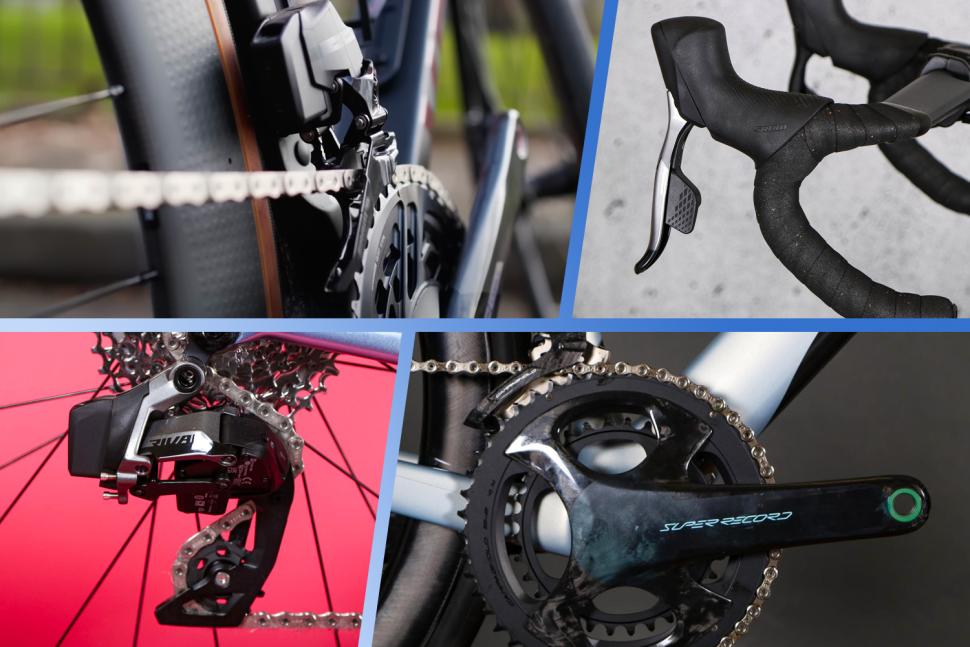 2024 electronic groupsets guide
2024 electronic groupsets guideComplete guide to electronic gears: your bike's shifting, indexing and charging explained
With electronic gears now more affordable than ever and trickling down to third and fourth tier groupsets in the big brands' ranges, even more riders have been won over by electronic in recent years... but what's the advantage over mechanical gears, and how do they work? In this guide, we'll cover all you need to know to get the best out of your electronic groupset, or help you decide if it's time to make the switch if you're still unsure.
The surge in popularity of electronic gears is largely a result of their adoption in the pro peloton. Currently, all 18 men's teams in the WorldTour peloton use electronic groupsets, and it's been that way for almost a decade.
Amongst these teams, 14 are riding Shimano Di2 groupsets, while the remaining four opt for SRAM Red eTap AXS. Another big groupset brand - and arguably the biggest in the 20th century - is Campagnolo, but the Italian company is not represented in the top tier of the pro peloton at the time of writing.
How does electronic shifting work?
To understand electronic shifting better, let's start by exploring how it works and its advantages over traditional mechanical systems.
Electronic groupsets eliminate the need for steel gear cables that cause the front and rear derailleurs to move. Instead, they rely on a small motor located in the rear derailleur that responds to electrical signals transmitted by the shifters. The signals then dictate which sprocket the chain moves to.
In contrast, when using a mechanical groupset, gear changes rely on good old cable tension to move the front and rear mechs, shifting the chain to the desired sprocket.
What are the pros of electronic shifting?
Electronic gear shifting offers numerous advantages over mechanical shifting, with many riders preferring the very easy and almost silent gear changes they provide. We go into more details in our feature on why you should get electronic shifting, but here's a brief summary of the major positives:
Improved shifting
Arguably, electronic systems offer improved shifting, as electronic gears tend to be more precise and consistent. On a modern electronic groupset, the shifts will be fast, crisp and require very little effort to change up or down your cassette, or move up and down chainrings, if you have more than one on your bike. With no cables to pull on, you just need to tap on electronic shifters to tell the brains of your groupset what to do.
Less maintenance
Because electronic groupsets aren't affected by cables wearing out, it's unlikely you'll ever need to replace the cables on a wired electronic groupset. If you run a completely wireless system like SRAM AXS, you'll never need to, because there aren't any cables! This means that in terms of shifting, there's very little routine maintenance other than battery charging and firmware updates to stay on top of.
Electronic groupsets can be easier to install than mechanical groupsets, especially if your bike has internal routing, and once set up, electronic gears require little tuning.
Customisation and more shift positions
With all the major electronic groupsets now controllable via an app, you can pick and choose where you want to shift from, and even the speed of the shifts with Shimano Di2 and SRAM eTap. You can customise the setup to your own preferences with a few taps of your smartphone.
Shimano and SRAM both offer the option to install 'satellite shifters', so you can add extra shift options on other areas of your front end. If you want the option to shift from the tops of your bars, or pretty much any part of the drops, these groupsets will allow you to do that if you purchase the extra shifters.
What are the cons of electronic shifting?
Mechanical shifting has been working fine for many, many years, and there are still plenty of riders out there who are happy to stick with what they know.
Charging
One of the most frequent objections to going electronic is the possibility of running out of charge mid-ride; although, that’s unlikely to happen unless you pretty much never pay attention to how much charge you have left. You’ll likely get hundreds and potentially over 1,000 miles between charges (depending on how often you shift) on every current electronic shift system from the big three groupset brands (Shimano, SRAM and Campagnolo), and there will be plenty of warning that you’re low on juice.
Perhaps the main pitfall here is that because you'll need to charge so infrequently, it's easier to forget. There are a number of ways to check on all major groupsets: for example, you can press the rear derailleur on Shimano's Di2 system, and it will flash solid green if it's nearly full, blink green at 50%, and go red at 25% or less. You can also check via Shimano's E-Tube app, or link up your GPS bike computer so the charge level shows up on your screen.
SRAM allows you to check the battery status of each component on its AXS app, and you can also check your Campagnolo EPS charge level via an app or by looking at the LEDs on each component (all of this is covered in more detail further down the page).
Price
Despite electronic technology slowly trickling down into lower-tier groupsets, electronic shifting still tends to be more expensive than mechanical counterparts, and it's more expensive to replace parts. Additionally, there is a slight weight penalty associated with electronic components.
Both of these situations are improving, and as more groupsets become electronic, we could see the price gap narrow even further or even draw level in the next few years. Despite the additional research and development required, electronic groupsets aren't necessarily more expensive to manufacture.
Mechanicals
While generally there are fewer things that could go wrong with your electronic groupset... what if something does? You can never run out of charge on a mechanical groupset, and if certain gears go awry you can usually make something work to get you home.
If your electronic gears stop working for whatever reason, your only option is to pick a sprocket, put your chain on it and plot a route home with very little elevation. With all this said, it's rare that an electronic groupset will fail, and certainly not enough of a worry to choose mechanical shifting over electronic.
If you're unlucky enough to snap a chain, or crash and break something, it'll be no more or less catastrophic with an electronic groupset compared to mechanical. Take comfort from that as you walk home or wait for a lift!
'Feel'
This is purely subjective of course, but you might hear some cyclists saying they just prefer the feeling of mechanical gears, or the more definitive lever throw. A prominent example of a pro rider who remained unconvinced was Fabian Cancellara, who stuck with Shimano Dura-Ace mechanical when most of his teammates had switched to Di2 as late as 2016. As covered in our Bike at Bedtime feature on his Paris-Roubaix winning bike from that year, it's thought that Cancellara preferred the lever feel of mechanical, and there was less chance of accidentally shifting in the wrong direction when riding over cobbles at high speed.
If you're not planning to ride over the Paris-Roubaix cobbles at 50km/h any time soon, then Spartacus' objections probably won't apply to you. Electronic gears are highly responsive, and you might find yourself accidentally pressing the wrong button for the first couple of rides, but it doesn't take long to get used to.
Who are the major electronic groupset manufacturers?
We've already mentioned this numerous times, but for those at the back: the three most recognised manufacturers of electronic groupsets for road bikes are Shimano, SRAM and Campagnolo. While the first commercially successful system was Shimano's Di2, which debuted in 2009, it was actually the French manufacturer Mavic that got there first way back in 1992 with its Zap system. Neither Zap nor its successor Mektronic caught on, but they undoubtedly paved the way and provided inspiration for the first wave of electronic groupsets in the 2000s.
There's also FSA's K-Force WE groupset - which has seen limited commercial success at the time of writing - and recently some other new manufacturers based in Asia, such as Ltwoo, have been cropping up with the promise of more affordable electronic groupsets. road.cc is yet to review one of these cheaper groupset options in full, but our early impressions are positive. It could well be that the dominance of the 'big three' is challenged going forward, especially if the cheaper groupsets ever make it onto off-the-peg bikes at major bike retailers in the US and Europe.
Since Shimano launched Dura-Ace 7900 Di2 - with Di2 standing for Digital Integrated Intelligence - numerous electronic groupset options catering to various price points have emerged. SRAM is the 'newcomer' among the three major brands, but has quickly established itself with an extensive range and a big slice of the market.
While Shimano and SRAM offer electronic groupsets for both road and off-road, Campagnolo offers its electronic groupset for road bikes only. However, at the time of writing there are rumours of Campagnolo developing an electronic version of Ekar, the brand's gravel groupset.
Electronic groupset hierarchies
While electronic groupsets initially seem expensive, the technology has become available at more accessible price points, with various levels within each brand, from the most expensive pro-level to more affordable standard options.
Although parts for older generations of electronic groupset are still available, all of the current road groupsets from these three major manufacturers are 12-speed only, with the exception being Shimano's 11-speed GRX Di2 gravel groupset (we expect this will be updated soon). The options available are as follows:
Top-of-the-range:
Performance level:
Standard level:
Entry-level
Gravel
What are the differences between Shimano, SRAM and Campagnolo electronic groupsets?
Shimano, SRAM and Campagnolo electronic groupsets differ in several ways, including their design and technology used.
Shifting technology
One of the main differences between the three groupsets is whether they are wired or wireless, which dictates how the electronic signal is sent from the shifters to the derailleur.
SRAM and Campagnolo now offer fully wireless setups, resulting in a clean aesthetic. Shifting is actuated by switches on the brake levers, which send a signal to the derailleurs to do their thing.
> Shimano 105 Di2 vs SRAM Rival eTap - Which is better?
Shimano, on the other hand, previously employed a wired system. However, the Japanese brand has transitioned to a semi-wireless system with their most recent 12-speed Dura-Ace and Ultegra groupsets, and 105 Di2 groupset, the latter of which is only available as a disc brake option.
Shimano’s semi-wireless shifting means that the front and rear derailleurs are connected by wires to an internal battery, which is generally located in the seatpost, but the shifters have their own coin cell batteries and communicate wirelessly with the rest of the system.
Shifters
The shifters themselves have previously differed greatly between the three manufacturers, particularly Campagnolo which employed a unique thumb shifter on its groupsets. However, on the latest Super Record Wireless groupset, the Italian brand has done away with its iconic thumb shifters.
Both Shimano and Campagnolo systems work similarly out of the factory, and the shifting buttons are positioned behind the brake levers - the right lever takes care of shifting up and down the cassette, and the left lever shifts the front derailleur to change between big and small chainrings with two buttons on each lever.
SRAM, on the other hand, has one button on each lever which can control both the front and rear derailleurs. For example, the right lever shifts to a harder gear and the left lever shifts to an easier gear, and you push them both at the same time to shift between chainrings. It’s a really simple system to use, even if you’re wearing big gloves or mittens in cold weather.
These are the standard configurations for the Shimano, Campagnolo and SRAM groupsets, but you can also customise them to your liking (more on that later).
Battery locations
SRAM and Campagnolo groupsets both feature removable batteries on the front and rear derailleurs. The main difference is that SRAM allows you to swap batteries between the front and rear derailleurs if one runs out first, whereas Campagnolo's batteries are not interchangeable between the two.
Shimano's Di2 groupsets only have one battery connected by wires to the front and rear derailleur, and it isn't removed from your bike for charging. All three brands – Shimano, SRAM, and Campagnolo – also use replaceable coin cell batteries inside the shifters. It's CR2032 for SRAM and Campag, and CR1632 for Shimano.
How to customise your electronic shifting
For Shimano, SRAM and Campagnolo electronic groupsets you can change which shifter performs which function.
Using Shimano's E-Tube app, you can change to Synchronized Shift (a function that automatically selects the most efficient gear on the front derailleur in synchronisation with rear derailleur gear shifting) or Semi-Synchro shifting (which automatically moves one, two or three gears at the rear to accompany a front shift), and alter the Multi-Shift settings (which control the number of gears you shift at a time), shifting speed and STI shift button mapping. Third-party cycle computers can also be set up to display Di2 information.
> Your complete guide to Campagnolo road bike groupsets
SRAM's electronic groupsets are customisable via a smartphone app that communicates with the system, whether that's switching the way the shifting works so a right-hand tap yields lower rather than higher gears, or getting the system to take care of shifting the front mech for you so you only have to tap one button at a time.
For Campagnolo's Super Record Wireless groupset, using the MyCampy 3.0 app will enable you to associate the shifters with either the front or rear derailleur.
You can also customise the location of your shifter buttons using satellite shifters, which provides multiple shift position options, making it slightly easier to change gear in certain situations, especially when racing.
Shimano offers its Climbing Switch that you can fit to the top section of your handlebar and it also has a Sprint Shifter that you can fit to the drops. Similarly, SRAM uses Wireless Blips allowing you to add shift points anywhere on the handlebar, and you can use up to three sets per bike.
Campagnolo's electronic system is yet to allow for satellite shifting.
How to charge electronic gears
As these are electronic groupsets, you are going to need to charge them somehow. The charging process varies between Shimano, SRAM and Campagnolo's electronic groupsets.
In Shimano's case, the central battery is housed within the frame, allowing for on-the-bike recharging. While previous generations required a charging lead plugged into the junction box, in the most recent generations of Dura-Ace, Ultegra and 105 Di2, the charging port is located on the rear derailleur.
For SRAM's electronic groupsets, the two batteries must be charged off the bike using a specific charging cradle.
In contrast, both batteries from Campagnolo's Super Record Wireless system feature magnetic charging points that you can use for charging the batteries either on or off the bike with a cable.
How do you know when the battery is low?
Some people are put off by electronic gears due to concerns about running out of battery, potentially leaving them stranded miles away from home. However, electronic groupsets typically provide ample warning before the battery is dead, and various systems work to preserve battery life when it's running low, so you're unlikely to have no gears at all.
In 12-speed Shimano Di2 groupsets where the charging port is located on the rear derailleur, you can check the main Di2 battery level by pressing the button on the rear mech for half a second. The LEDs will then display a specific colour corresponding to the battery level. You can also check battery levels using Shimano's E-Tube app.
With the earlier generations featuring a junction box, you press and hold any of your shifting buttons for at least half a second. Once again, the LEDs will indicate how much charge is left.
When the battery level drops below 10%, the front derailleur functionality is disabled in Shimano Di2 systems. This means you can only shift the rear derailleur until the battery goes completely flat.
With SRAM electronic groupsets, every time you shift, a light will flash both on the shifter and the derailleur representing battery status as good, low or critically low and the SRAM app also monitors battery levels.
If you're travelling long distances with your bike, a top tip for preserving battery life with SRAM systems is to remove the batteries because as soon as your bike moves, the AXS system wakes up and subsequently, drains the battery.
Similarly to SRAM electronic groupsets, Campagnolo's Super Record Wireless features an LED light located inside the right-hand hood, where the thumb shifter would have previously been. It indicates the battery status and you can check the battery level further using the MyCampy 3.0 app.
How long do the batteries last?
As noted earlier, electronic groupsets feature rechargeable main batteries along with coin cell batteries in the shifters, that will eventually need to be replaced.
In the case of Shimano Di2 groupsets, there is a single main power source which is said to be capable of providing approximately 1,000 kilometres on a single charge.
On the other hand, SRAM eTap AXS groupsets have two main batteries, located in the front and rear derailleur, offering about 60 riding hours on a full charge, according to SRAM. Lastly, Campagnolo's Super Record Wireless groupset claims to last over 750 kilometres.
You will need to replace the batteries in electronic gear shifters when they run out, but fortunately they won't need replacing often. All three manufacturers indicate approximately two years of battery life for the shifters, based on an estimated 15 riding hours per week as stated by SRAM.
However, Shimano's 105 Di2 shifters have an extended battery life of around four years, as they feature two batteries per shifter.
While these listed battery life stats provide a baseline, several factors influence the actual lifespan of your battery. The more often you change gear and the longer your rides, the more your battery depletion will be accelerated. Extreme temperatures, both hot or cold, can also drain battery juice. Additionally, like all rechargeable batteries, they undergo degradation after a limited number of charge-discharge cycles.
How to adjust your electronic gears
Electronic groupsets can be easier to install compared to mechanical groupsets; but how can you fine-tune your electronic gears to ensure optimal shifting performance and no unwanted clicking noises?
Shimano Di2 groupsets can be micro-adjusted on the bike or using Shimano's E-Tube app. First, you need to get the chain line as straight as possible, so shift the rear derailleur to the fifth gear from the largest sprocket.
On the most recent generations of Shimano Di2, a button is located on the rear derailleur, which you press and hold for 2-5 seconds to enter adjustment mode. The LED light will then change to yellow.
Now, you can press the shifters while turning the cranks until you are happy with the position of the rear derailleur and you have eliminated any unwanted clicking noises. To exit adjustment mode, press and hold the rear derailleur button for about 0.5 seconds.
SRAM AXS drivetrains can be adjusted using MicroAdjust to help fine-tune your gears. It can be performed with the chain in any cog and applies to all cogs.
It can be done by either clicking your shifters or through the SRAM AXS app and each MicroAdjust will move the rear derailleur 0.25mm. An LED light will show on the rear derailleur to confirm the MicroAdjust.
To fine-tune the rear derailleur on Campagnolo's Super Record Wireless groupset you press the rear derailleur mode button for seven seconds so that the LED light is flashing pink. You can then adjust the rear derailleur with the shifters.
Once the rear derailleur is positioned correctly, short press the mode button so that the LED now flashes blue.
The initial set-up and adjustment of electronic systems is very easy, and there's very little routine maintenance.
Gear changing tends to be more precise and consistent than mechanical groupsets, as no cables are being actuated when you perform the shift. You'll also probably never need to replace a gear cable, and little, if any, tuning is required after initial setup.
What are your thoughts on electronic groupsets? Will your next bike have one? Let us know in the comments section below.
Emily is our track and road racing specialist, having represented Great Britain at the World and European Track Championships. With a National Title up her sleeve, Emily has just completed her Master’s in Sports Psychology at Loughborough University where she raced for Elite Development Team, Loughborough Lightning.
Emily is our go-to for all things training and when not riding or racing bikes, you can find her online shopping or booking flights…the rest of the office is now considering painting their nails to see if that’s the secret to going fast…
Latest Comments
- treadtyred 15 min 40 sec ago
Yep I did the same, I couldn't afford to pay for Pro but wanted to give a little so got the world maps....
- don simon fbpe 22 min 52 sec ago
Some people really need to get out more. Tories used this for years to bang the superiority drum and to a degree it's worked, racist have never...
- David9694 27 min 34 sec ago
You can't have somewhere to live around here because cars ...
- Backladder 37 min 7 sec ago
Yes, drivers are killing people on the street all the time and the CPS doesn't seem to want to prosecute cyclists for these deaths!
- Bigtwin 2 hours 46 min ago
I for one like your contribution. I mean, it's good to know that Tory ex-Home Secretaries are busy spewing bile into their keyboards at home, not...
- Bigtwin 3 hours 13 min ago
A smidge of £8.5K. Seriously. Someone needs to have a strong coffee.
- Bigtwin 3 hours 17 min ago
Business model innit? When they brought in hire bikes in our town, they approached the bike shop I was then running to so the maintence. It was...
- IanEdward 3 hours 24 min ago
Nice, tyre clearance AND 2x AND non-boring paint jobs, a good alternative to Giant Revolt/ Canyon Grizl....
- Hirsute 3 hours 31 min ago
For the first time, the Norwegian government has calculated the value to society of the health benefits of increased walking and cycling. ...
- graybags 3 hours 37 min ago
I managed to do 12 200k's over 12 months , but unfortunately didn't read the rulles, two were in the same month and I missed a month..................
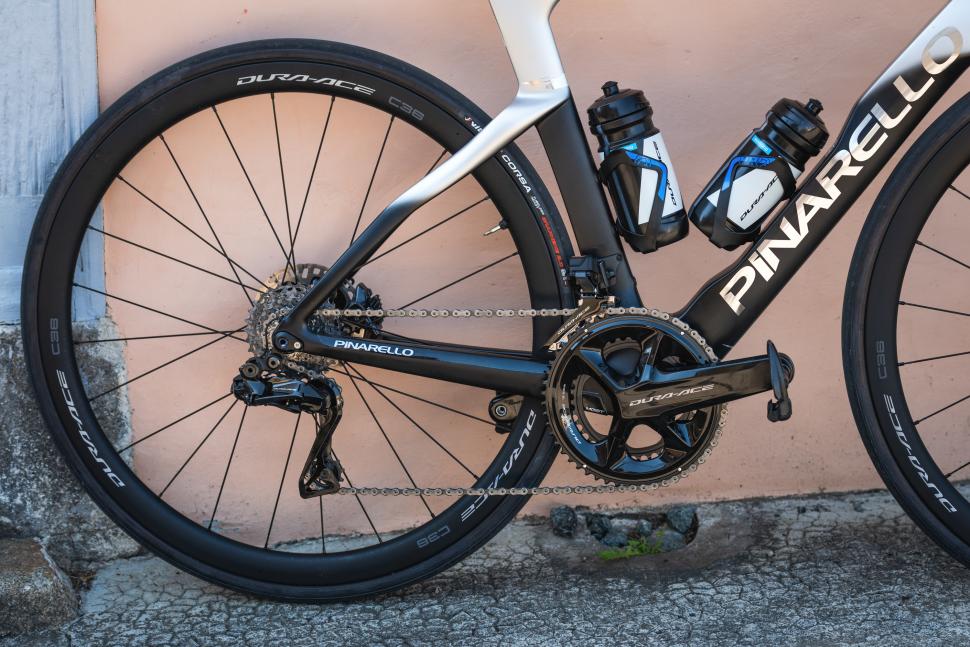
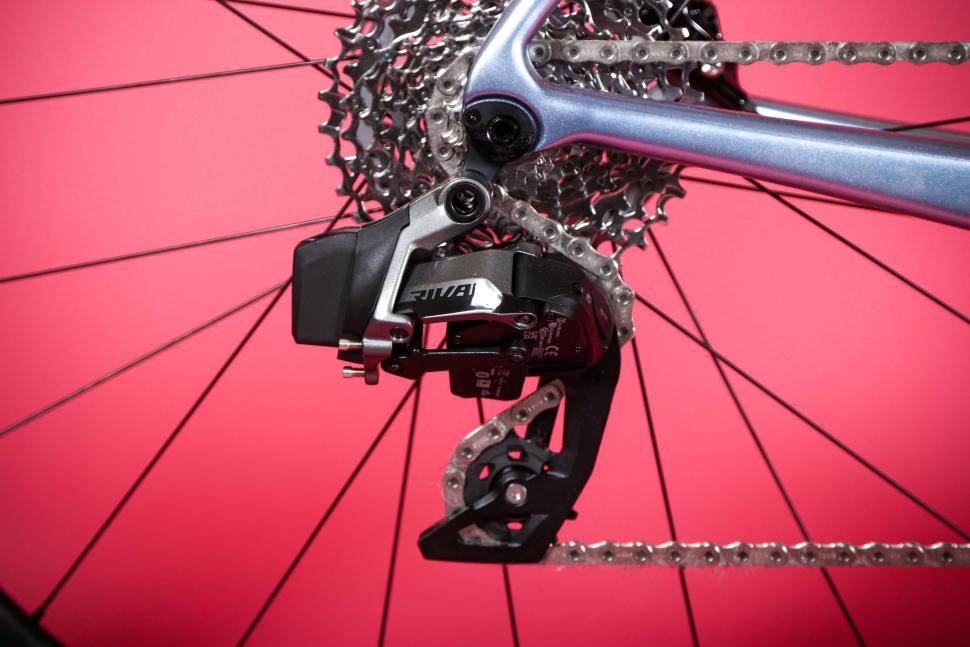

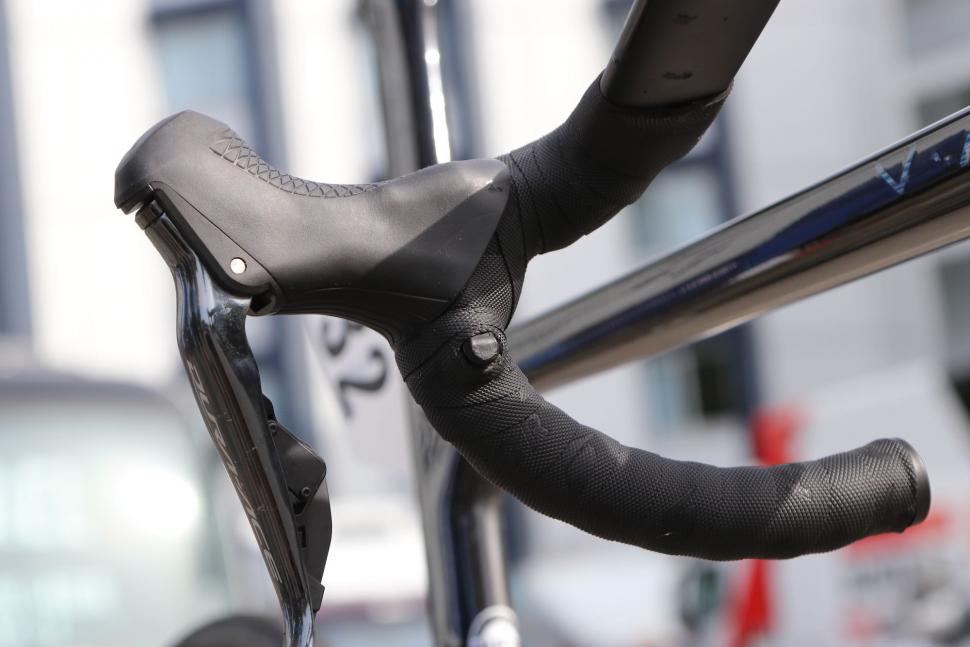
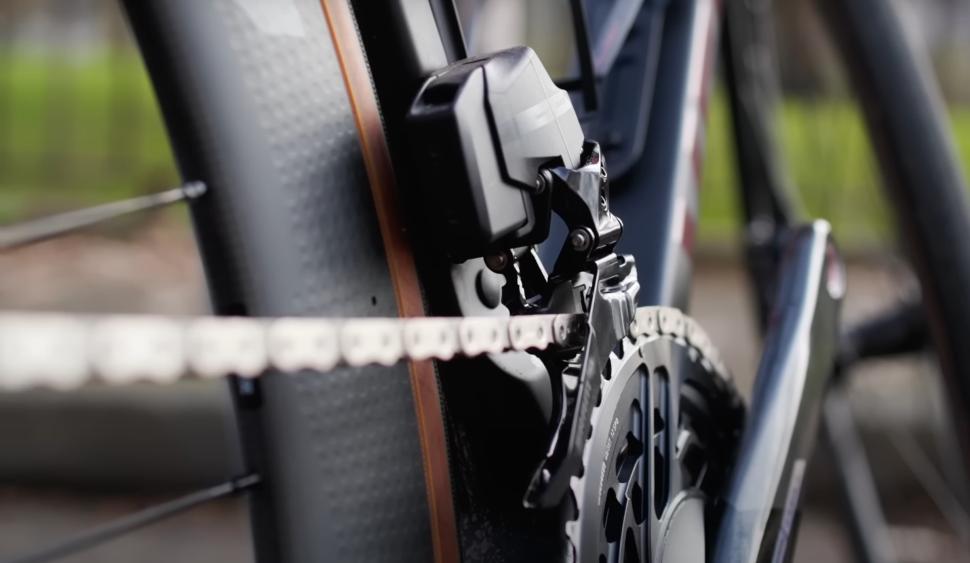
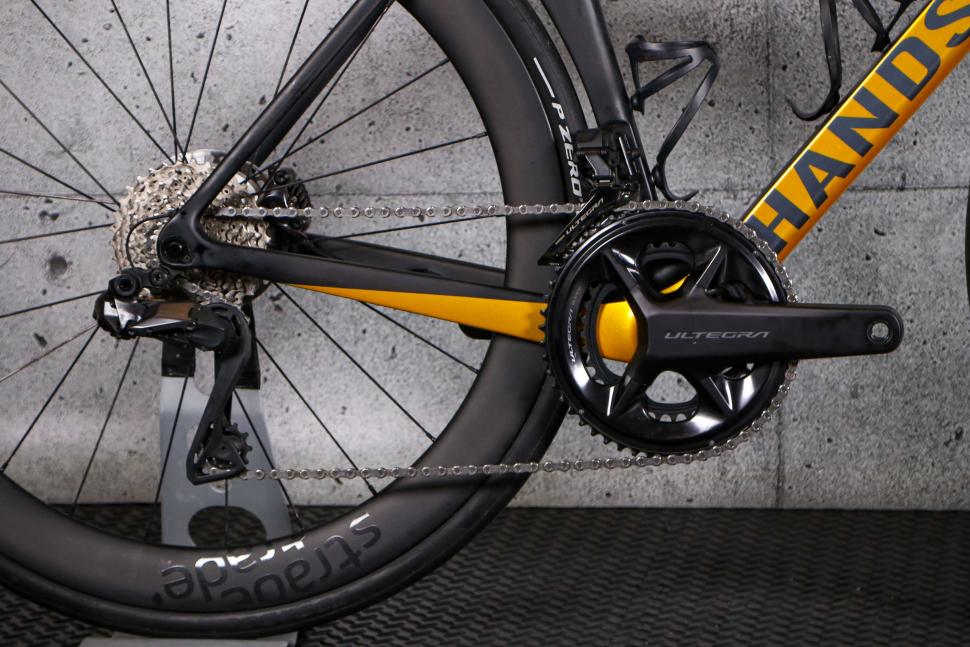

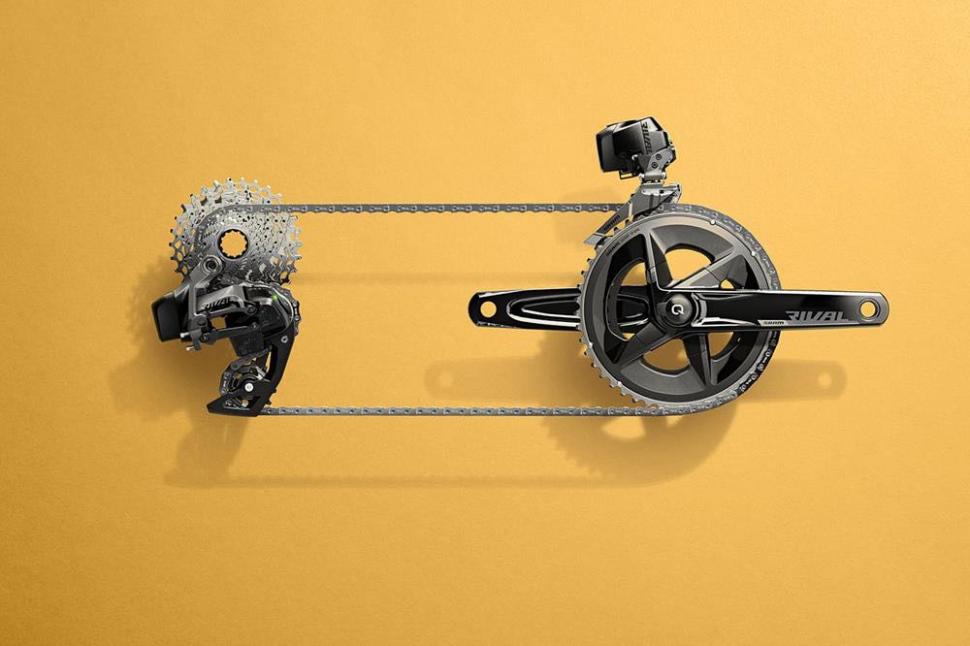

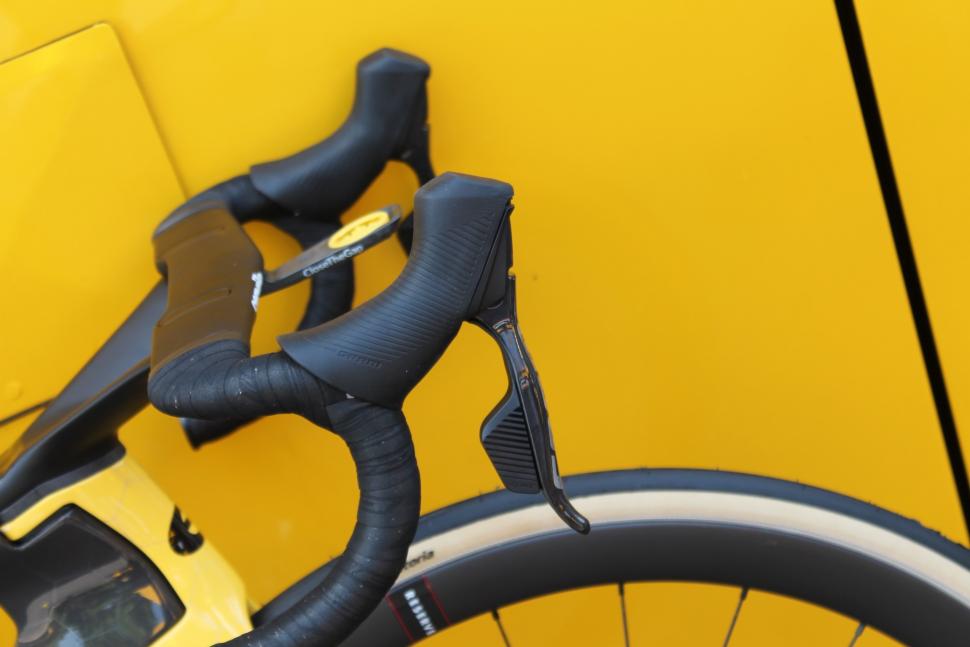
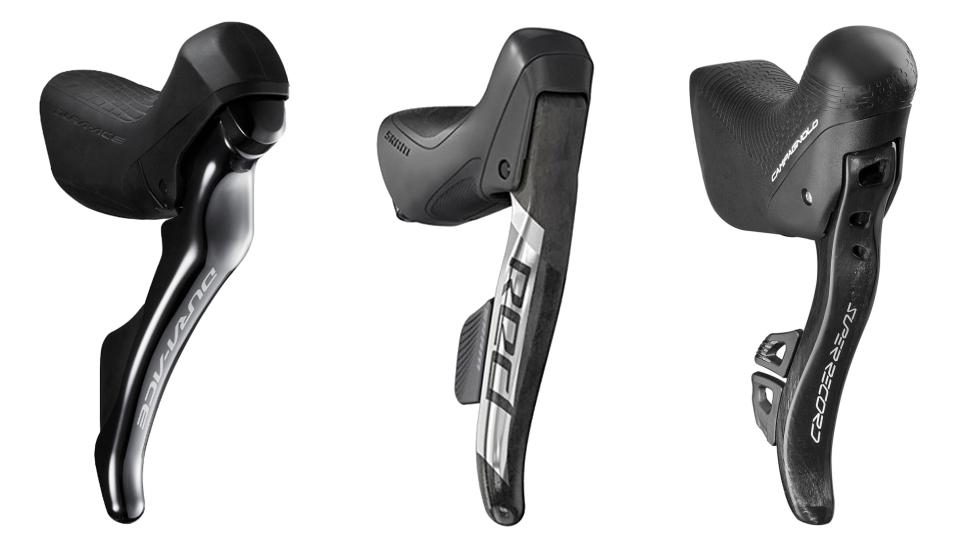
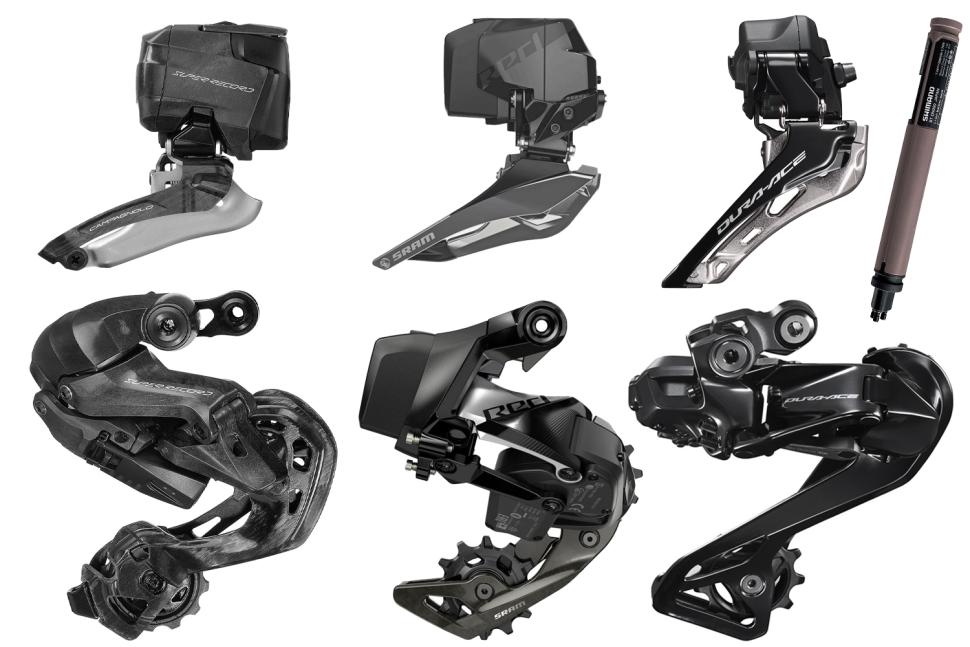
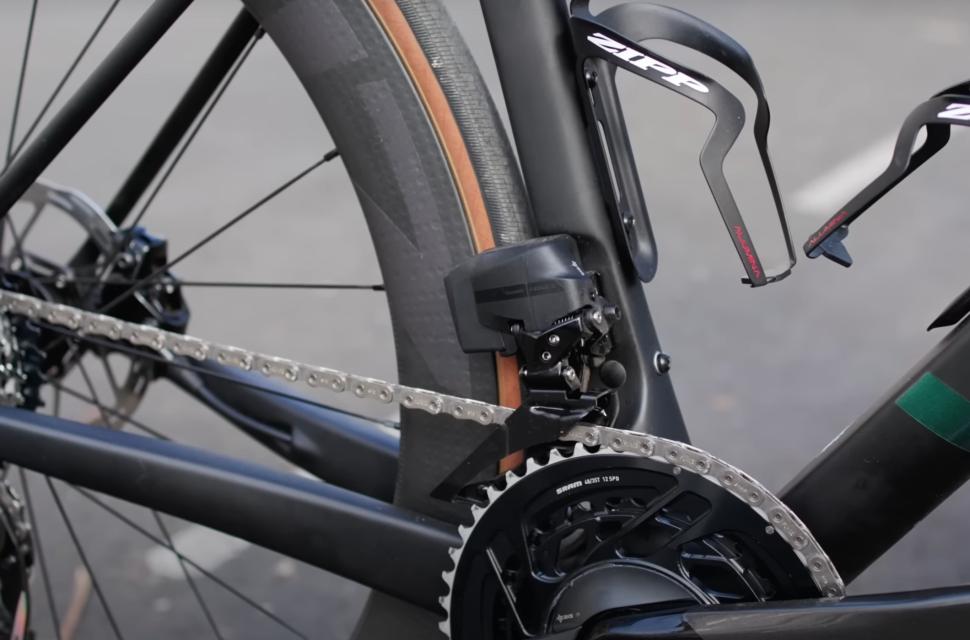
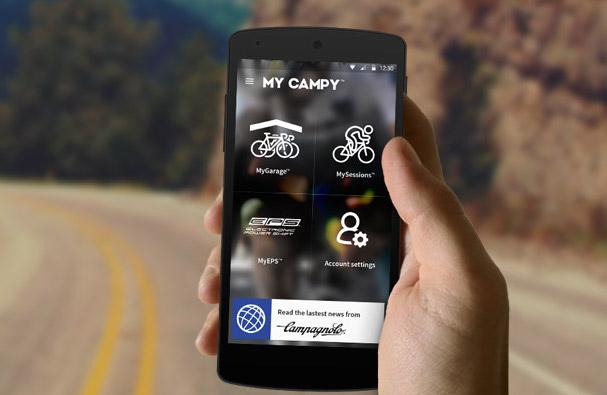
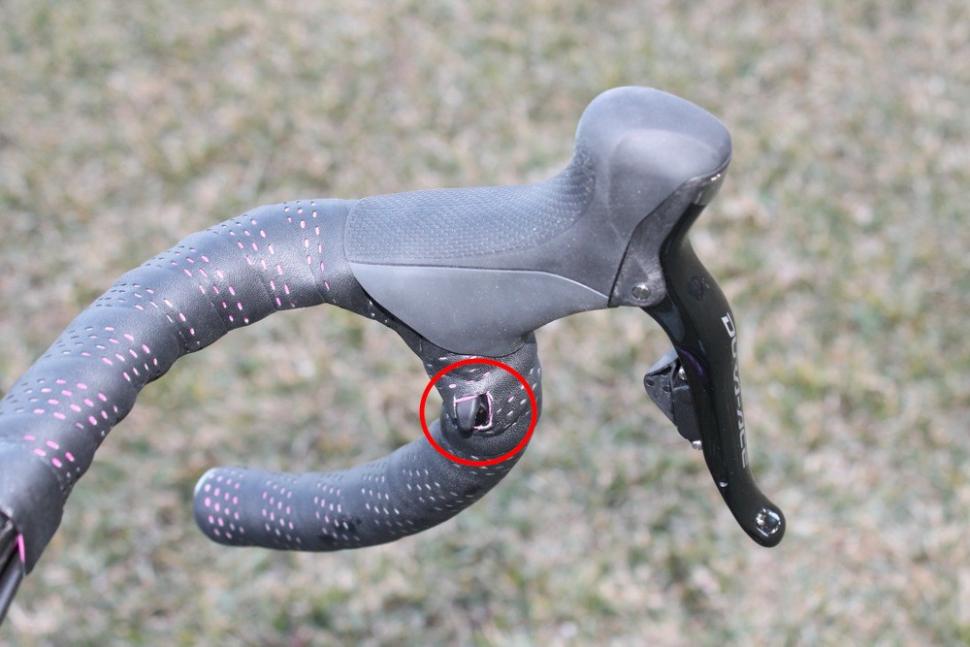
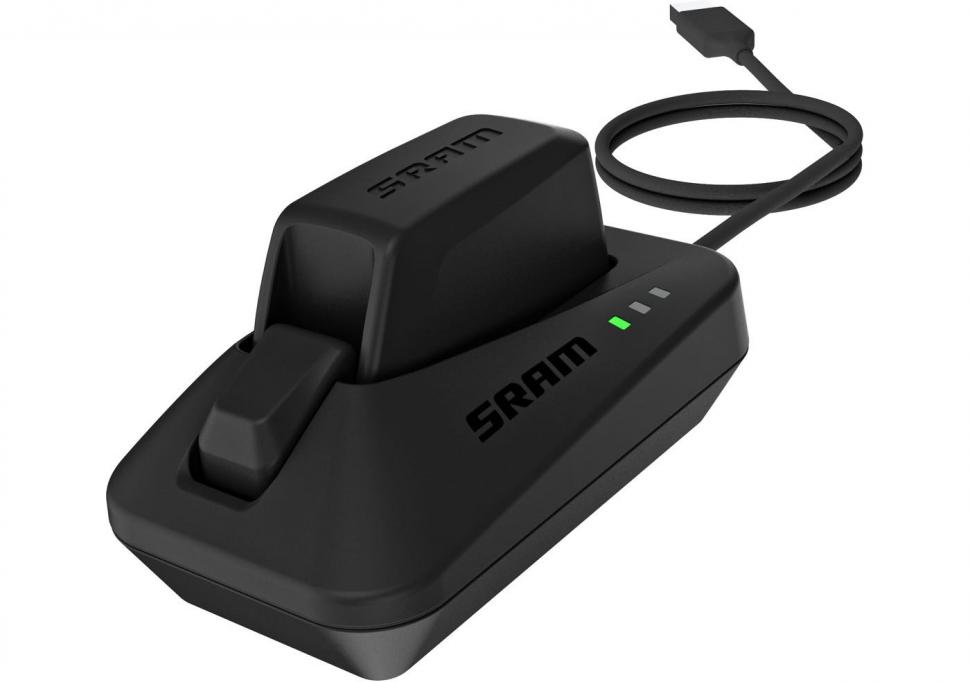
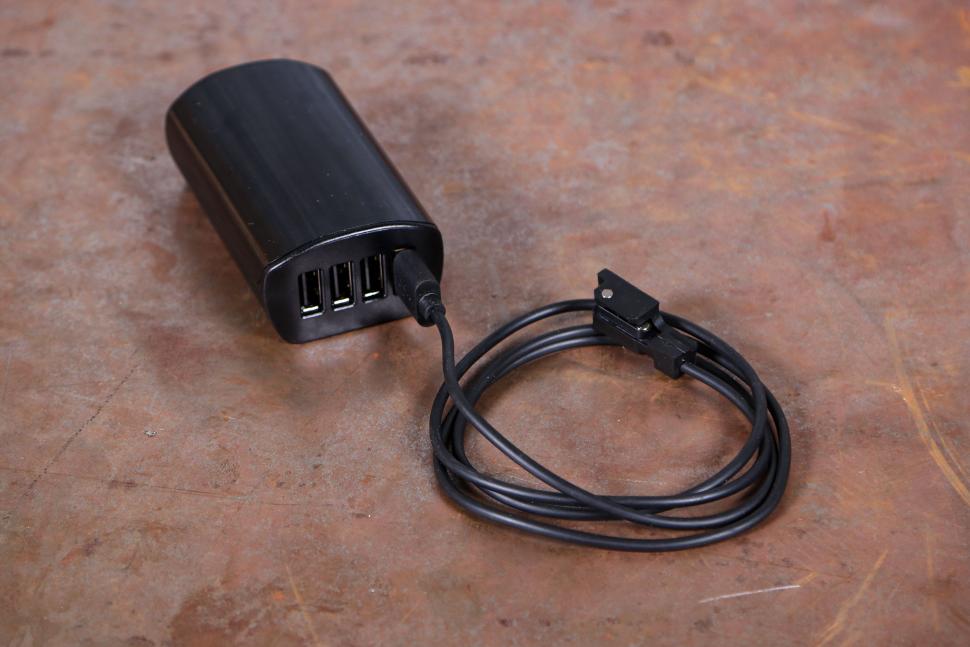

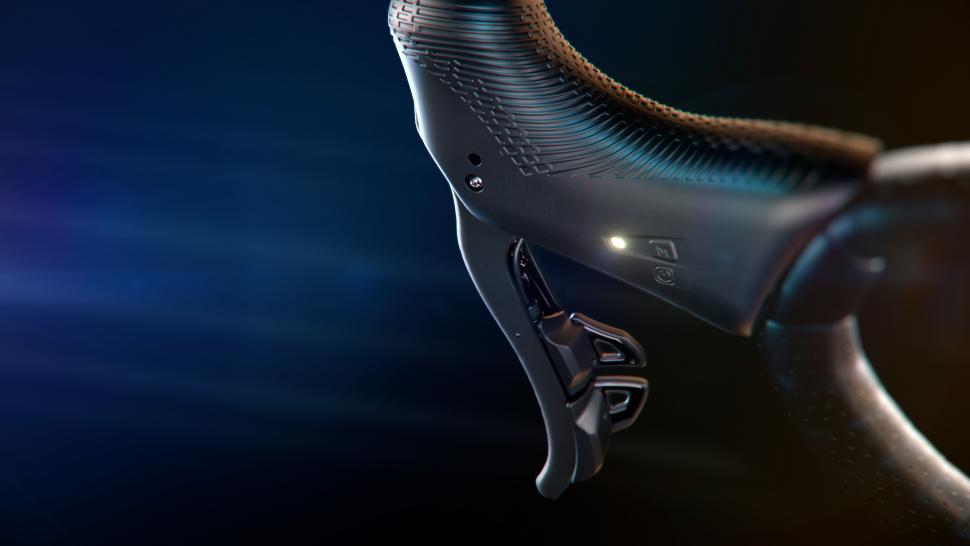

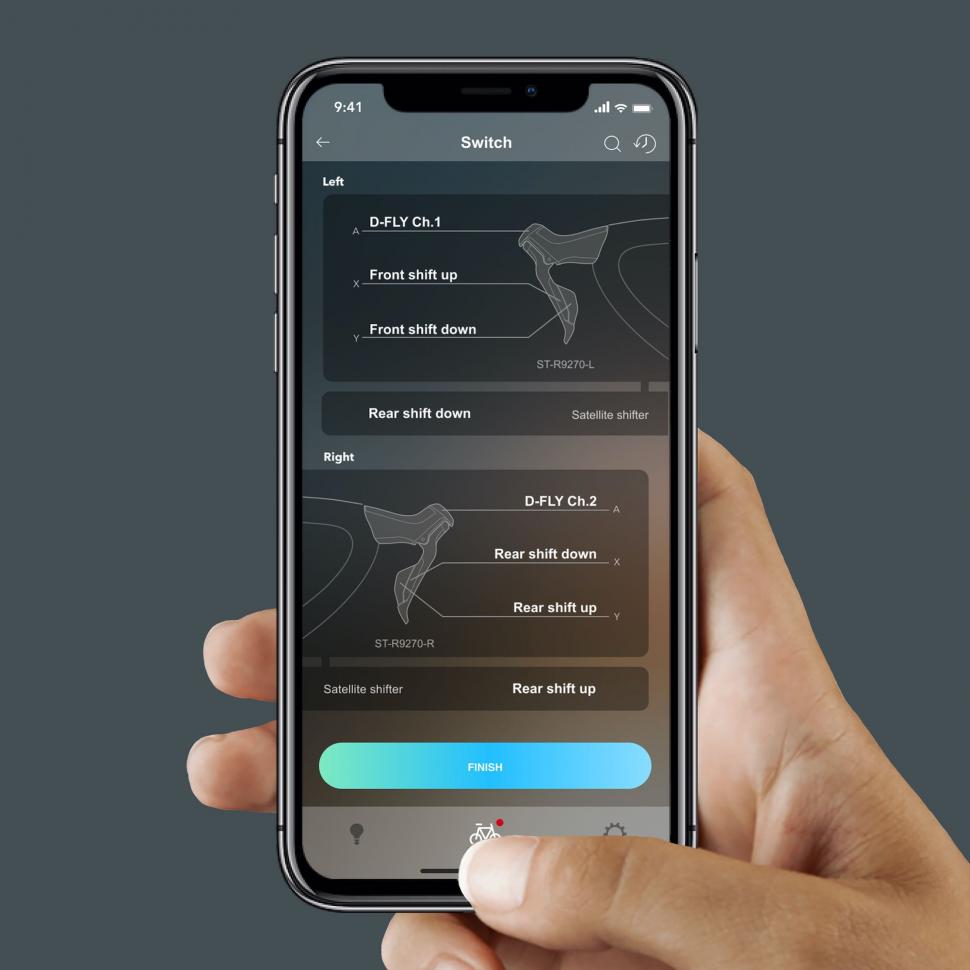
Add new comment
2 comments
Great article. Very informative. Certainly allays almost all of the concerns I had about electronic groupsets, particularly the range/charge status. Impressed with being able to micro adjust too. ) will certainly be electronic, possibly SRAM this time around (only ever used Shimano, which I would regard as being nowhere near perfect, so why not try something new?), though I have heard that SRAM batteries are - or at least were - prone to falling out! I would certainly need reassurance that this issue was fixed prior to investing.
) will certainly be electronic, possibly SRAM this time around (only ever used Shimano, which I would regard as being nowhere near perfect, so why not try something new?), though I have heard that SRAM batteries are - or at least were - prone to falling out! I would certainly need reassurance that this issue was fixed prior to investing.
I reckon my next bike (but I'm not getting another bike
Strange that you chose not to include SRAM in the gravel groupset list.
It makes it seem that SRAM groupsets are not suitable for gravel, whereas a quick glance at the available gravel bikes would indicate that SRAM AXS and SRAM AXS XPLR are the groupset of choice for electronic shifting on gravel bikes.